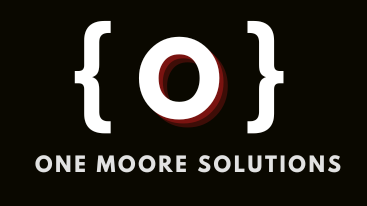Choosing the right software or tools for your business can feel like a big decision, but it doesn’t have to be overwhelming! With the right approach, you can find a solution that meets your needs and helps your business thrive. In this post, I’ll break down the process into 10 simple steps to guide you through the decision-making process.
- Identify Your Needs: Start by identifying the specific challenges your business faces and the tasks you need help with. Make a list of essential features and functionalities that will address these needs.
- Set Your Budget: Determine how much you’re willing to invest in software. Consider both upfront costs and ongoing subscription fees to ensure the software aligns with your financial resources.
- Research Options: Explore different software options available in the market. Read reviews, compare features, and take advantage of free trials or demos to get a feel for each option.
- Consider Scalability: Think about the future growth of your business and choose software that can grow with you. Avoid outgrowing your solution too quickly and having to switch to something else.
- Check Integration Compatibility: Ensure compatibility with other software or tools you’re already using. Look for seamless integration to streamline workflows and data management.
- Seek Recommendations: Reach out to fellow business owners or industry peers for recommendations. Hearing firsthand experiences can provide valuable insights to inform your decision.
- Test Before Committing: Take advantage of free trials or demos offered by software providers. Use this opportunity to evaluate functionality, user interface, and overall suitability for your business needs.
- Evaluate Support and Training: Consider the level of customer support and training resources provided by the software vendor. Accessible support and training materials can facilitate successful implementation and usage.
- Make a Decision: Weigh the pros and cons of each option against your criteria and make a decision that aligns with your business needs and goals.
- Start Small and Learn: Implement the chosen software gradually and explore additional features as you become more comfortable. Monitor performance, gather feedback, and continue to optimize your business processes.
Conclusion:
Choosing the right software for your business doesn’t have to be daunting. By following these 10 simple steps, you can make an informed decision and select a solution that empowers your business growth and success.
